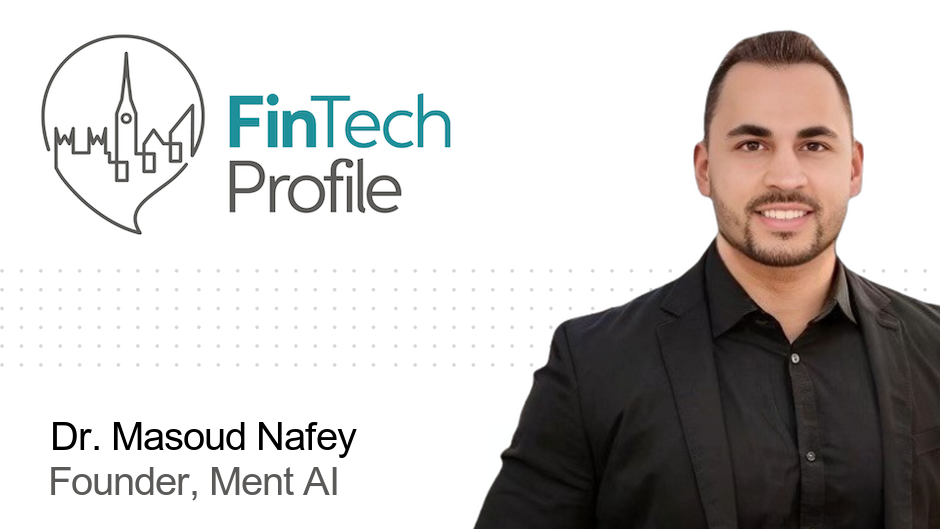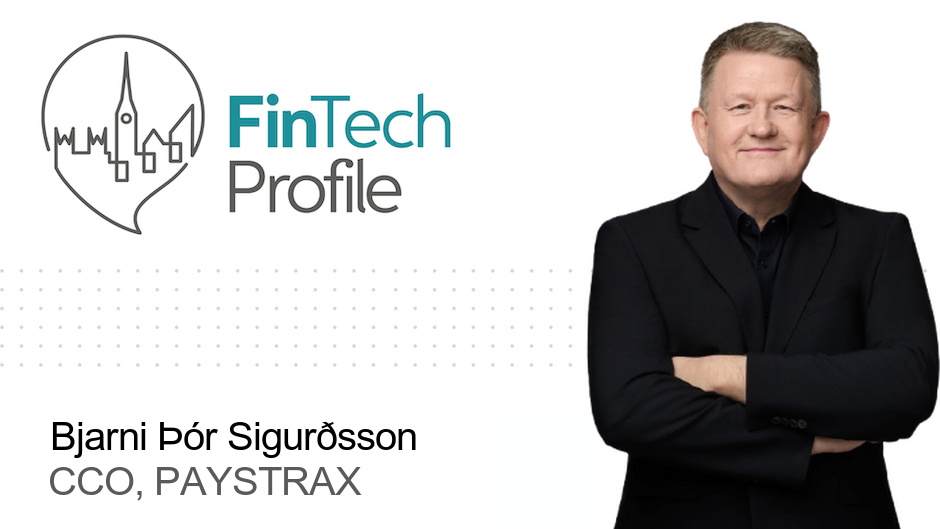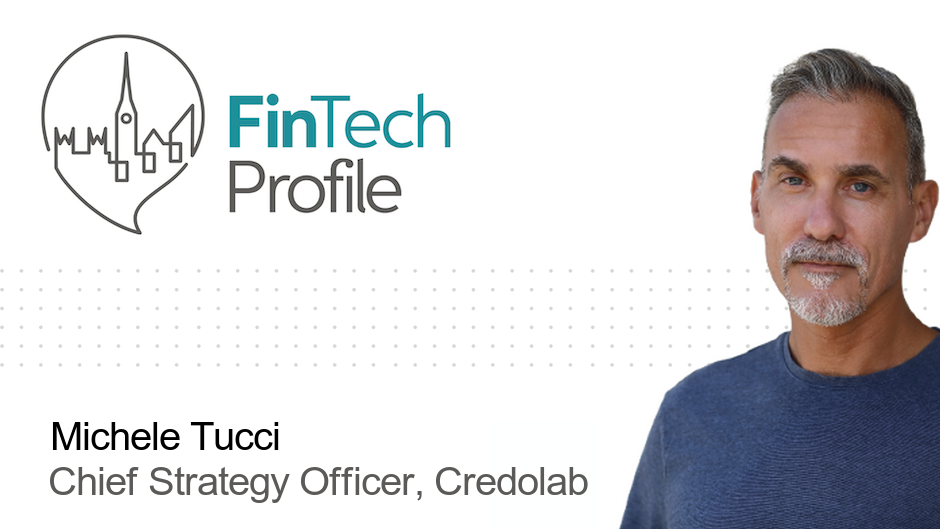Paul Holland, CEO, Beyond Encryption
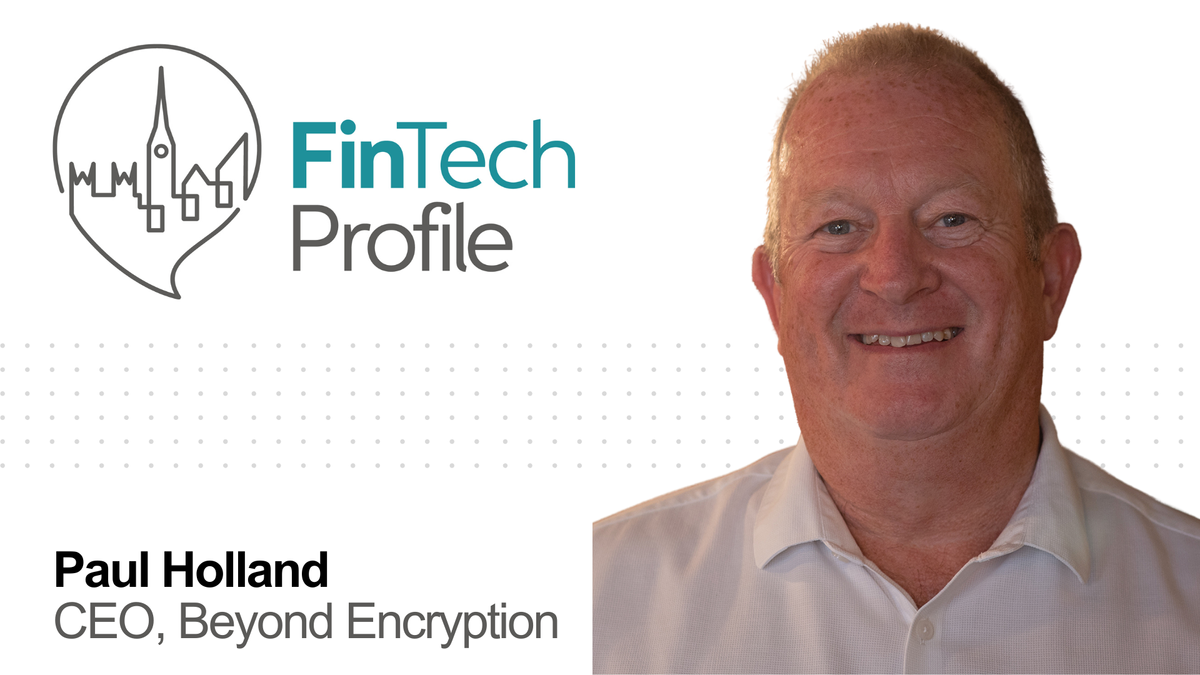
Today we're meeting Paul Holland, CEO of Beyond Encryption, the leading secure digital communications provider.
Over to you Paul - my questions are in bold:
Who are you and what's your background?
I'm Paul Holland, CEO and Founder of Beyond Encryption, a leading secure digital communications provider in the financial services space. My tech career really began back in 1995 when I founded Webline, a major provider of online quotation and fulfilment services to the UK insurance and investment sectors. Due to Webline's resilient technology and excellent reputation with insurance providers and intermediaries, it was acquired by Capita in 2006 - a move that offered scope for Webline to continue evolving and extending its range of services.
I then founded All My Plans in 2007, a UK-based fintech business. This business subsequently merged with Runpath Digital and was ultimately acquired by Experian in 2017. With this acquisition, Experian was able to launch a new set of Open Banking services to provide affordability checks and tenant vetting services.
Following the acquisitions of those previous businesses, I wanted to bring my expertise to the financial sector and other aligning industries once again, which is why I decided to launch Beyond Encryption.
What is your job title and what are your general responsibilities?
As CEO and Founder, I focus heavily on guiding our focus and driving innovation throughout the company, while also advocating for change within the industry as a whole. One of my core passions, and something that I make sure is central throughout the businesses, is our emphasis on consumer empowerment. Whilst our solutions are often utilised by B2B businesses, they ultimately touch millions of consumers. Our goal has always been to create engaging and simplified experiences for every consumer, championing their right to data security and control.
Can you give us an overview of your business?
Beyond Encryption's primary sector is financial services where we have become the industry standard for secure digital communications. We give organisations the freedom to exchange digital information confidently, cost-effectively, and with full compliance, supporting our customers on their digital transformation journey through our flagship product – Mailock.
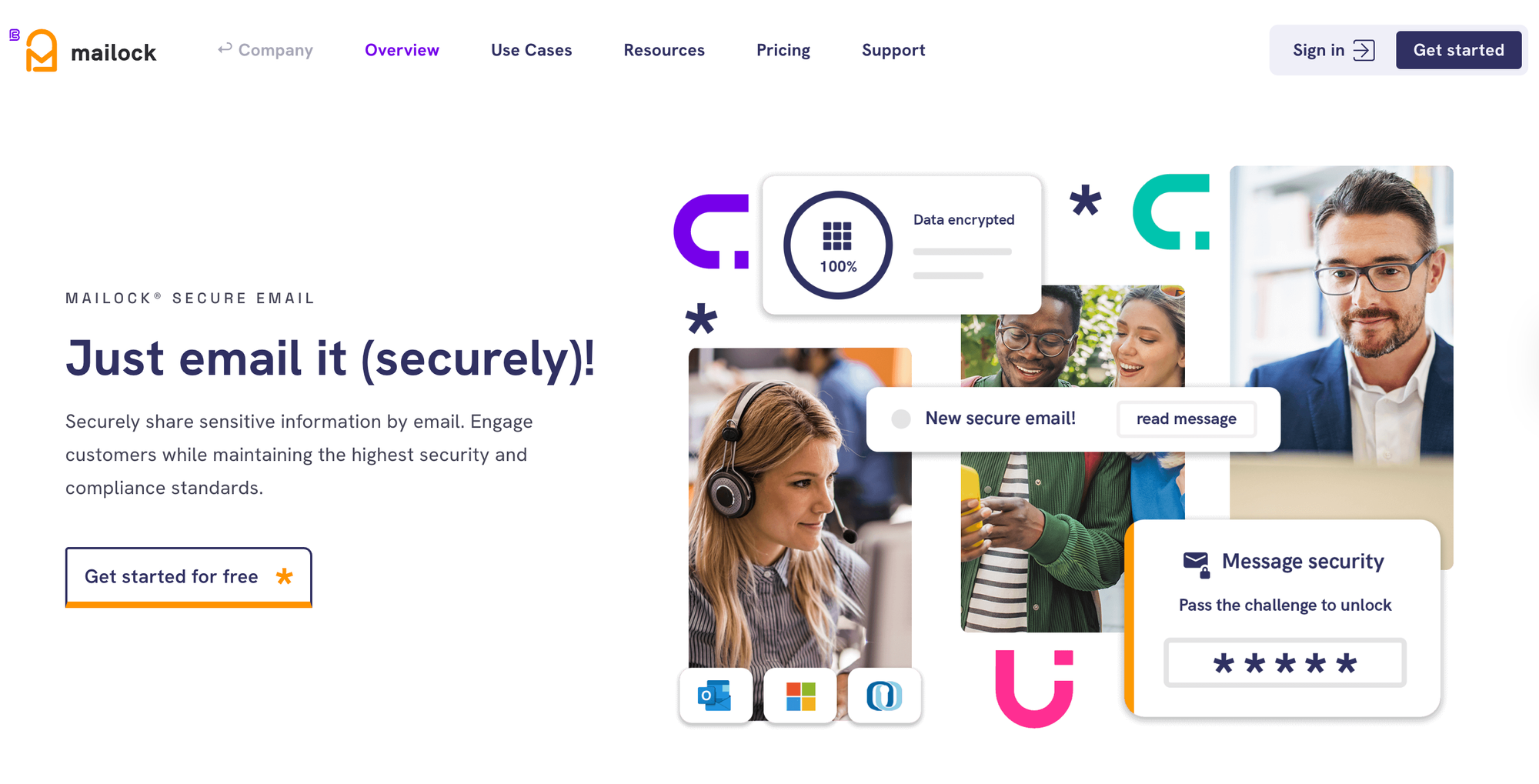
Mailock is a versatile secure email solution, enabling organisations to protect sensitive data held within both email content and attachments. End-to-end encryption and multi-factor authentication capabilities help businesses meet their regulatory obligations to remain compliant, reduce costs, and improve operational efficiencies - not to mention achieving a positive environmental and economic impact through the reduction of print, pack, and post.
Tell us how you are funded?
We are a privately funded organisation which provides us with the control and flexibility we need to really make a real difference in the financial services industry.
What's the origin story? Why did you start the company? To solve what problems?
Before founding my own companies, I worked in an advisory role within FS. During that time, I encountered significant challenges related to inefficient technology, communication security, operational efficiency, and customer engagement. These experiences left me thinking, "There has to be a better way!" From that moment on, my efforts have focused on addressing these issues and exploring how technology can offer solutions. At Beyond Encryption, our mission has always been to create a secure network that harnesses personal connections, enabling the protection and growth of digital identity without the need to expose excessive amounts of personal data. Our secure email platform, Mailock, was the first stepping stone to achieve this, specifically developed to empower individuals to communicate securely, no matter where they are or who they need to share sensitive information with.
Who are your target customers?
While our customer base is largely within financial services, we serve a wide variety of other sectors and businesses across regulated industries such as legal and accountancy. Essentially, there is a use case for using our services within any organisation that needs to send sensitive information to their clients and is obligated to secure that information to meet requirements such as those set out by the ICO and GDPR. We are proud to already be supporting businesses such as Equiniti, Just Group, Aegon, Royal London, HSBC and Lloyds Banking Group.
If you had a magic wand, what one thing would you change in the banking and/or FinTech sector?
The pace of change in industries like Financial Services has been slower than necessary. There is a dire need for universal adoption of customer-centric approaches, where the needs of end users take centre stage. The goal should be to deliver services that are not only intuitive and seamless but also secure across the entire sector.
There's no escaping the fact that data breaches now dominate headlines and customer data remains vulnerable. Protecting sensitive information as it flows beyond organisational boundaries should be as robustly enforced as internal security measures. However, achieving this ambition requires collaboration. Governments and regulators must work hand in hand with businesses to establish a regulatory framework that mandates and facilitates the adoption of secure digital communications.
Far too often, enhanced data security and effortless customer experiences are seen as competing objectives. This is a misconception that the industry must overcome. Security and usability can—and should—go hand in hand. Together, they have the potential to redefine what modern services can achieve.
What is your message for the larger players in the Financial Services marketplace?
My message to the larger players is straightforward: embrace innovation, but do so with purpose, responsibility and pace. You have a unique opportunity – and responsibility – to set the standard here.
The financial industry is in the midst of a significant transformative period, with the way we communicate with clients undergoing a significant shift. There is rising pressure to meet customer expectations, and a clear demand for solutions that ensure efficiency while also upholding the highest standards of security and transparency.
The key to meeting these expectations is collaboration. The fintech landscape is brimming with agile innovators offering solutions that complement the strengths of established players. By working together to champion secure and customer-focused technologies, we can deliver not only better services but also a safer digital ecosystem for all.
Where do you get your Financial Services/FinTech industry news from?
I keep up to date with a mix of national and industry-specific sources, including The Financial Times, The Banker, PYMNTS, and Finextra. These provide great insight into market trends, regulatory shifts, and the evolving role of technology in financial services. I also regularly engage with industry leaders and fintech communities on LinkedIn to stay ahead of emerging discussions.
Can you list 3 people you rate from the FinTech and/or Financial Services sector that we should be following on LinkedIn, and why?
- Conny Kalcher (Board Member & Customer Experience Expert) – Conny is a leader in customer-centric transformation, bringing a wealth of experience in shaping digital-first strategies. Her insights into how businesses can improve customer engagement and experience in financial services are invaluable.
- Anne Boden (Founder, Starling Bank) – A true fintech trailblazer, Anne has reshaped the banking sector with Starling's customer-first approach. Her perspective on digital transformation and financial inclusion is always worth following.
- Keith Richards (CEO, Consumer Duty Alliance) – Keith's experience in Financial Services gives him a unique perspective having held executive roles within product providers, intermediaries and regulation. He continues to champion consumer access to advice within the UK.
What FinTech services (and/or apps) do you personally use?
I'm a strong advocate for challenger banks, and Starling and Monzo have completely reshaped the way people interact with their finances. Their emphasis on intuitive design, transparency, and real-time spending insights has set a new standard for banking. Features like instant notifications, savings pots, and fee-free international spending have not only improved financial management but also highlighted the power of fintech to simplify and enhance everyday money matters.
What's the best new FinTech product or service you've seen recently?
One of the most exciting fintech developments isn't about creating more apps—it's about consolidating them. The rise of 'super apps' is a game-changer, bringing banking, payments, insurance, and life admin into a single, seamless experience.
Our research has shown that the average consumer now manages around 80 different apps, covering everything from banking and investments to insurance, pensions, and utilities. Instead of simplifying financial management, this fragmentation has made it harder for people to get a clear, consolidated view of their financial health.
The challenge today isn't just accessing financial services—it's making them work together in a way that's effortless for consumers. We believe that super apps will play a crucial role in solving the 'digital overwhelm' problem, helping people regain control over their financial lives.
Finally, let's talk predictions. What trends do you think are going to define the next few years in the FinTech sector?
The rapid evolution of AI is going to redefine many aspects for both businesses and consumers in the coming years. While it brings immense opportunities, it also introduces significant challenges.
One key area of concern is the rise of AI-enabled phishing attacks. Advancements in Natural Language Processing are enabling bad actors to mimic writing styles more convincingly, automate stages of attack chains, and scale their operations to an unprecedented level.
Deepfake technology is also becoming more accessible and sophisticated. Previously, creating deepfakes required extensive datasets, typically of public figures. However, with current advancements, even a three-second audio snippet can be enough to fabricate a convincing deepfake. This shift means we are likely to see deepfakes targeting ordinary individuals and businesses—a deeply concerning development.
To address these emerging threats, businesses must stay ahead by adopting robust verification processes for critical communications, investing in advanced cybersecurity measures, and prioritising education for both employees and customers about the dangers of phishing and deepfakes. Proactive preparation will be key to mitigating these risks and maintaining trust.
Thank you very much Paul!
Read more about Paul on his LinkedIn profile and find out more about his company Beyond Encryption at www.beyondencryption.com.

